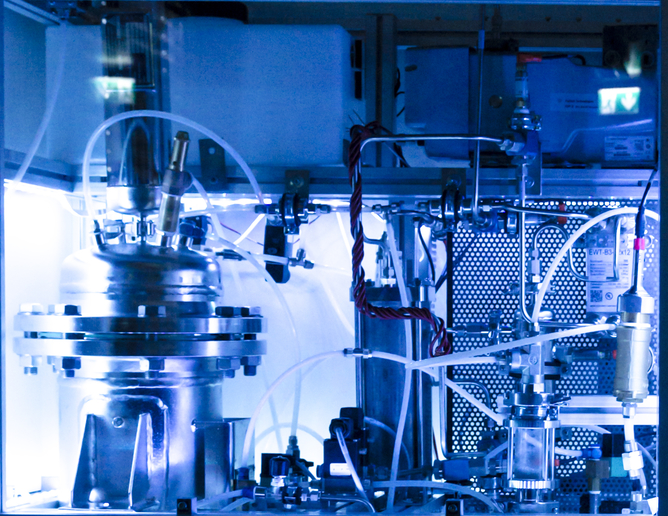Hybrid techniques boost wind energy innovations
Harnessing the potential of wind energy – a key source of renewable power – is critical if Europe is to successfully move away from its dependence on fossil fuels. Wind power is also opening up new economic opportunities, with around 280 400 people(opens in new window) employed in the sector in Europe alone. Maintaining Europe’s competitive edge in this field and introducing innovations to make wind power more efficient is however a constant challenge. For example, the sector will need to significantly increase the average size of turbines used in the near future to meet demand, while also ensuring reliability and cost-efficient production. “If we don’t change current testing methodologies, it will be necessary to carry out physical tests of bigger components,” notes INNTERESTING(opens in new window) project coordinator Mireia Olave from IKERLAN(opens in new window) in Spain. “Such tests can be very expensive and time-consuming.” In many cases, the flexibility of the test benches(opens in new window) used – the infrastructures created to validate the technology – can be limited by the surrounding environment, and they often have to be dismantled afterwards.
New approaches to testing wind technology
The EU-funded INNTERESTING project sought to address this challenge by eliminating the need for these large test benches in the first place. The idea instead was to develop a novel hybrid methodology, combining smaller-scale prototypes with high-tech computer modelling. This would enable developers to evaluate the reliability of larger wind turbine components, without the need to physically test them. The project team identified three key stages in this methodology. First, simplified tailored physical testing would be carried out. “We recognised that simplified tests could be performed using smaller prototypes, which would be cheaper and faster,” explains Olave. Next, advanced virtual testing, capable of evaluating the lifetime and durability of the technology, was developed. This was designed to take into account a range of uncertainties and variabilities, such as the material used and loading uncertainties. Finally, virtual upscaling techniques, capable of taking into account the reliability and lifetime behaviour of real-size components, would be carried out.
Applying methodology to real case studies
This methodology was then demonstrated through three case studies. The first focused on components for a 20-megawatt (MW) offshore turbine, with a diameter of seven metres and a required lifetime of 40 years. The second focused on a gearbox for a 10 MW onshore turbine, taking into account critical issues such as torque density levels and lubricant needs. “The third case study involved a 3.4 MW wind turbine,” says Olave. “In the project, we wanted to identify ways of slowing down crack propagation and increasing the overall lifetime of components.”
Achieving efficiencies at development stage
Through these case studies, the INNTERESTING project team was able to successfully demonstrate the methodology’s ability to test large-scale turbine components in a far more efficient manner. “This approach can be used not only to test and validate components,” adds Olave. “It can also be used to provide deeper knowledge about materials, manufacturing processes and failure modes that would otherwise be very expensive to obtain.” Cheaper and faster downscale tests, combined with high-tech upscaling techniques, have therefore been shown to achieve reliable performance results. Another important aspect is the ability to determine the probability of component failure. “We are confident that this disruptive methodology will be used to test larger wind turbine components in the future, reducing the need to build large test benches,” concludes Olave. “This will help Europe’s wind sector to save time and money during the critical product development process.”







